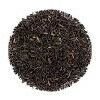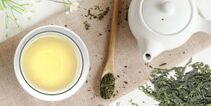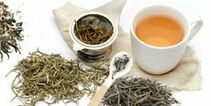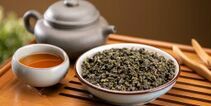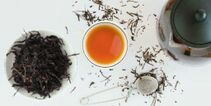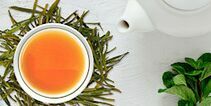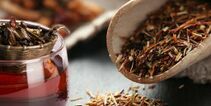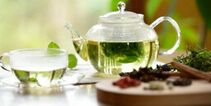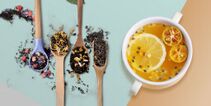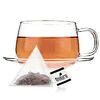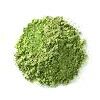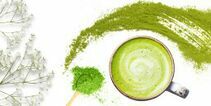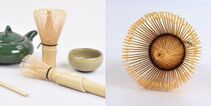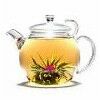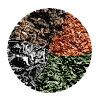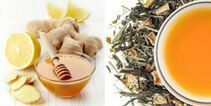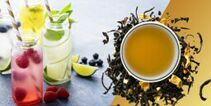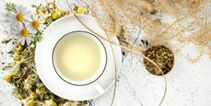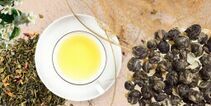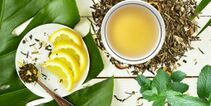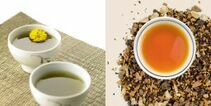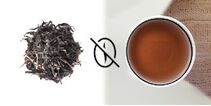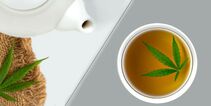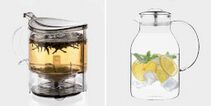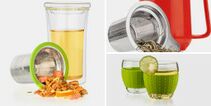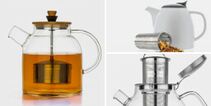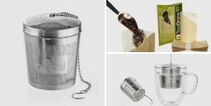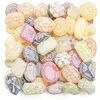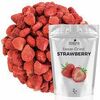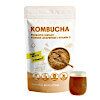How to choose tea, 5 tips
How to choose tea, 5 tips
Beginner tea drinkers often wonder how to understand the quality of tea before it enters your mug. Of course, everything comes with experience; the more varieties and types you try, the more knowledge you acquire. Nevertheless, you have to start somewhere. So we have prepared for you 5 simple tips on how to choose tea and how to determine the quality of the tea you drink. Let's go.
Tea Leaf Quality
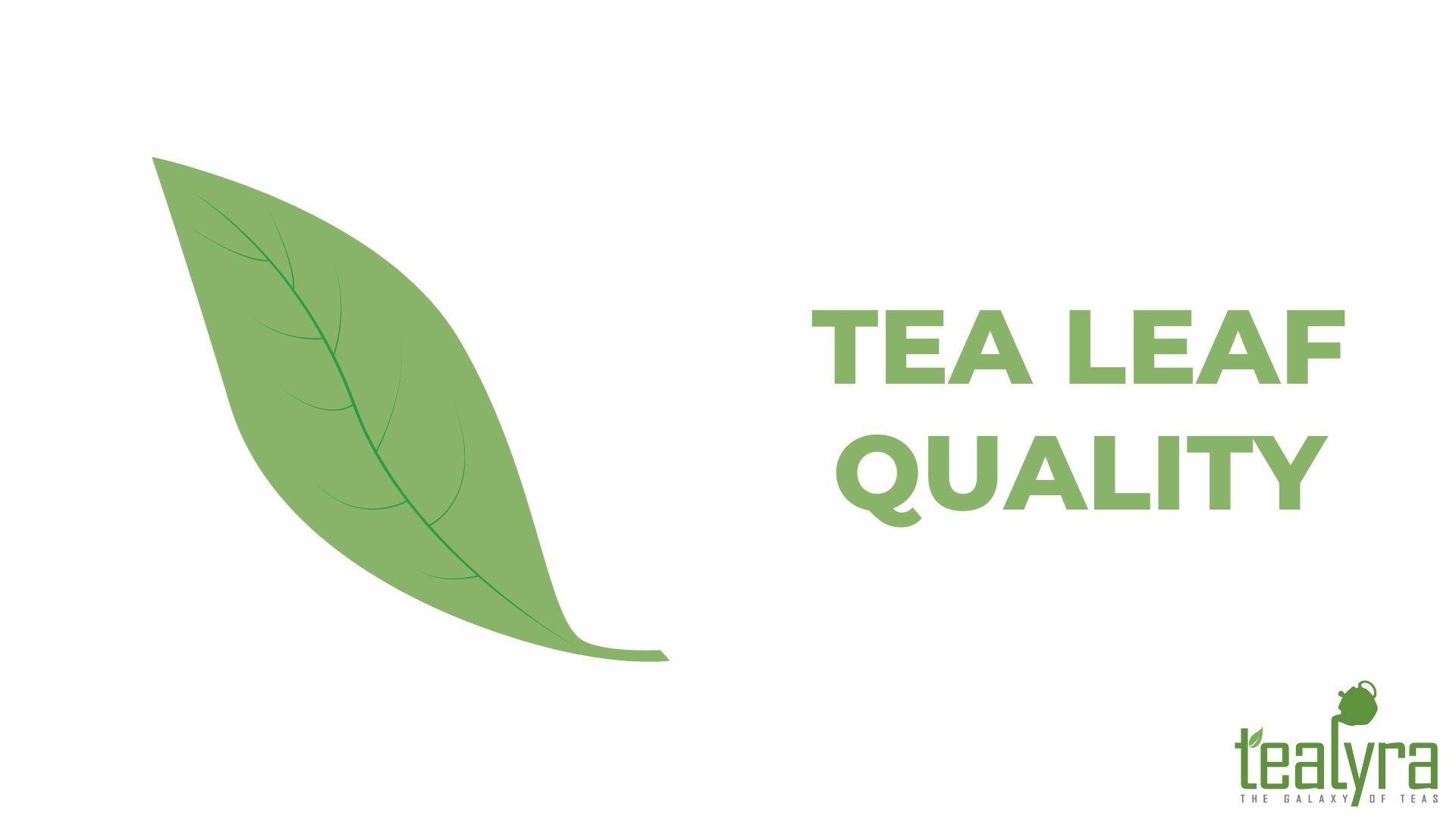
Good tea is always very beautiful, sometimes even incredibly beautiful. As a rule, good quality tea has a whole, distinct leaf. In order for the leaf to retain its useful properties, the moisture content of the tea leaf must be at least 3-4%. Try taking a tea leaf and squeezing it with your fingers. If it turns into fine dust, it indicates poor quality tea. If the leaf disintegrates into relatively large fractions, it's within the normal range.
Number of brewings
Almost all Chinese teas can be brewed at least four to five times. Some teas, such as Japanese Pu'erh, can be brewed more than 12 times
Color of tea infusion

Good tea has a rich, clear infusion. Old tea has a cloudy infusion and a shrivelled leaf. There is an exception for tea that contains lint-laden buds, such as Bai Hao Yin Zhen. This is a white tea that contains kidneys with delicate tufts. It is these fine, barely visible villi that separate when brewed, creating a slurry in the infusion. This is why the infusion of such tea may be slightly turbid, but this is normal.
The aroma of quality tea
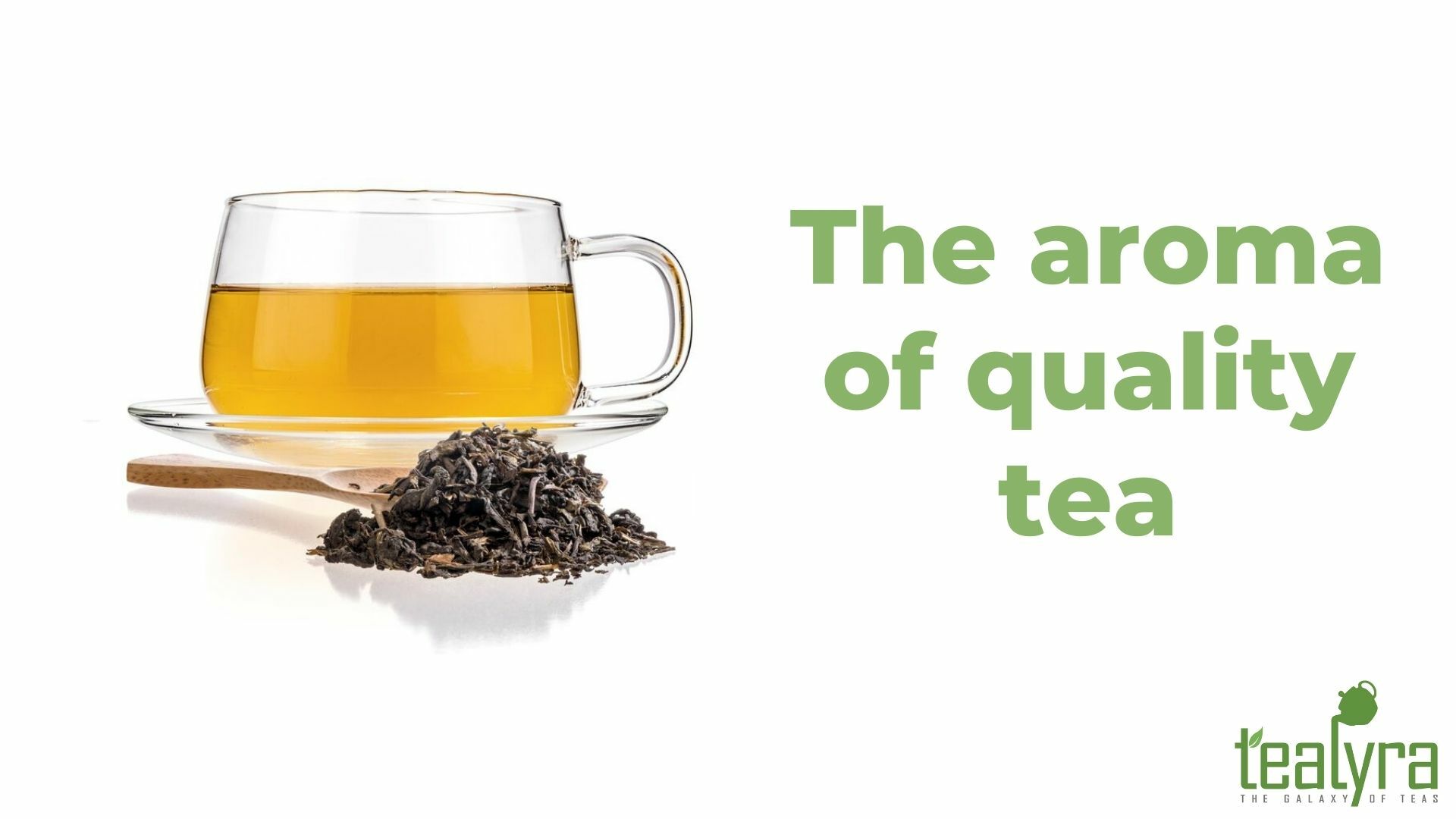
If you buy tea, listen to the aroma before you give your money to the seller. There are several ways to smell the aroma. And please don't try to sniff it, as many people do, but it's wrong.
Ask the seller to pour some tea into a Bai Hao Yin Zhen, a special porcelain container for getting to know the tea. Hold Bai Hao Yin Zhen close to your nose, draw air into your chest, and exhale slowly onto the tea. You heard right, exhale directly on the tea. Just don't blow too hard, or this kind of "familiarity" with the tea promises to clean the room with the seller!
After a slow exhalation on the tea, you should feel the aroma that the tea gives off. Our breath warms the tea leaf, so the tea gives off a more intense aroma that you can distinctly feel. This is the way the professionals do it. But this rule doesn't apply to puerhs. Puerh as a rule has practically no aroma. If a puerh smells strongly of mold and socks, it is not worth buying. Such puerh was made with violations of production technology and it is dangerous to drink it.
Tea spirits and your feeling
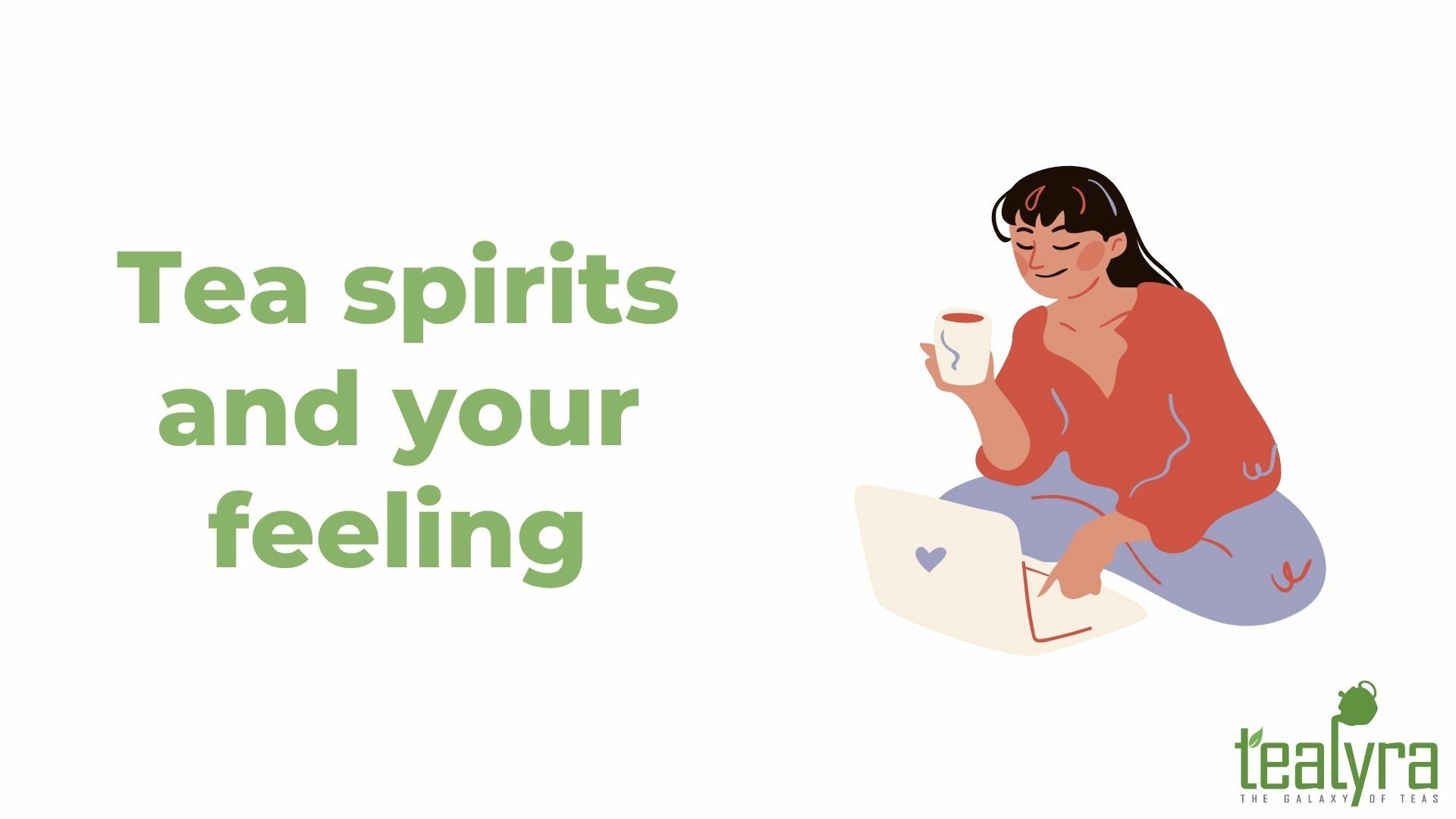
Good tea always contains power. You can feel both a rush of energy and a slight relaxation. With the right brewing, ambience, and surroundings, the effects of good tea have their place. Quality tea has its own melody, its own energy.
Micronutrients, essential oils, L-theanine and alkaloids react chemically with the cells of our body, saturating them with useful substances. This is why we feel a peculiar tea state. These feelings are individual and may vary depending on the individual characteristics of the body.
By the way, Wishan oolong tea such as Gen Mai Cha, Da Hong Pao, Bai Hao Yin Zhen and others have their own "melody". Wishan tea bushes grow in special places in the mountains, washed by mineral waters with lots of trace elements. The tea bush absorbs minerals through the water. The higher the tea grows, the higher its grade and quality.
Some teas even have a slightly brackish flavor due to their richness in mountain minerals. Substances and trace elements in the tea, reacting with the cells of the body, cause its own unique tea state, its own melody. It's simple, there's no mysticism here. Just drink the right and quality tea that is as healthy as possible.

